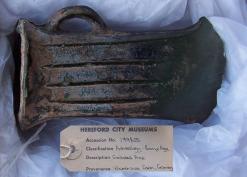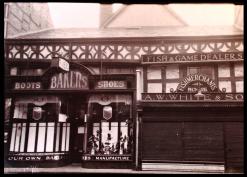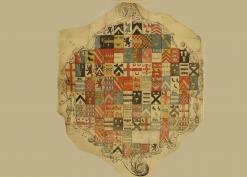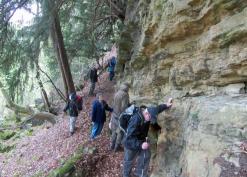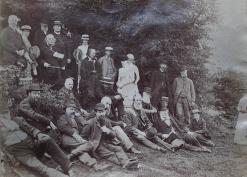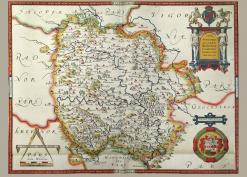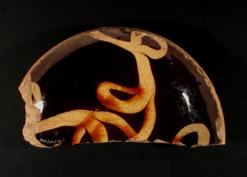LAY TAXES 1559 to 1622
Records of clerical and lay taxation in the National Archives: E 179
The class of records E 179 in the National Archives spans about 400 years from 1268 to 1663. A good summary of the holding can be found here. The summary includes a link to the E 179 database which can be searched to find a description of the places for which there are records and, importantly, a description of the information in a particular tax even, as not all have lists of individuals or only of some. The authoritative book on this subject is Lay Taxes in England and Wales 1188-1688 by Jurkowski, Smith and Crook.
This class of records includes the Hearth Taxes which are on the Club’s website but there were many ‘subsidies’.
The records were used by Michael Faraday for his book Herefordshire Taxes in the reign of Henry VIII, which was published by the Woolhope Club in 2005. The book covered the dates 1509 to 1547 but at the moment there is little published for the next 100 years in Herefordshire. Members are urged to contact the website manager if any have photographed records from this class and period. Records for the hundred of Wormelow for the years 1559, 1568, 1571, 1585, 1590, 1592, 1594, 1598, 1600 and 1622 have been photographed and some have been transcribed – a process which is ongoing. There are also a few parishes from Greytree hundred which were interleaved with the roll of membranes in the National Archives. This was a common practice and to help researchers two lists of the E 179 118 has been compiled: one for the whole of Herefordshire for 1559-1630 and one for Wormelow only for 1559-1630, though often the membranes for different hundreds are muddled up. It's best to download these files.
For each year taxed, there are the images of the membranes with a single text document giving the transacriptions for the whole of that tax year with all the parishes (in due course). These can either be browsed below or SEARCH ffor by using the keywords '179 'and 'Wormelow' or 'Greytree', then optionally the parish name of interest and the date. The date should be omitted if you want all for a particular parish. The modern parish names should be used.
Initially, the images of the different membranes will be loaded and the working text file of the transcrition for all parishes for that date. As at January 2021 few parishes have been transcriberd. Some of the membranes are damaged or faint and in any case it takes some expertise to transcribe them. People were taxed on 'terr' i.e. land or 'bon' goods which covered money as well as possessions. The rate of tax in any given year could vary; consult the National Archives guide above.
